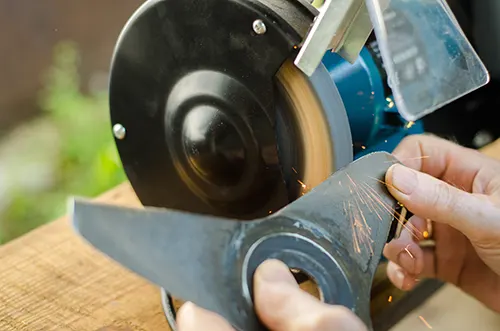15 October 2025

As the days grow shorter and the temperatures drop, it's important to give your lawnmower the care it needs before winter sets in. Proper winterization ensures your mower stays in good condition, prevents costly repairs, and makes it easier to get back to mowing when spring arrives. In this post, we'll walk you through the key steps to winterizing your lawnmower.
Start by cleaning your lawnmower to remove grass clippings, dirt, and debris. Use a brush or putty knife to scrape off any buildup from the deck, blades, and wheels. A clean mower is less likely to rust or attract pests during the winter months.
Old gasoline can gum up your mower's engine and fuel system. Either run the mower until the tank is empty or add a fuel stabilizer to the remaining gas. If you choose to use a stabilizer, be sure to run the engine for a few minutes so it circulates through the system.
Check the air filter and replace it if it's dirty or worn. For foam filters, clean them with soap and water and let them air dry completely before reinstalling.
Old oil can thicken and cause engine problems. Drain the oil, replace it with fresh oil recommended by the manufacturer, and dispose of the old oil responsibly.
If you have an electric start mower, remove the battery and store it in a cool, dry place. Periodically charge the battery over the winter to maintain its health.
Take this opportunity to inspect the blades for damage and sharpen them if needed. Sharp blades make for a cleaner cut and a healthier lawn next season.
Lubricate the wheels, cables, and other moving parts with recommended oil or grease. This helps prevent corrosion and keeps everything moving smoothly.
Store your lawnmower in a dry, sheltered area like a garage or shed. If possible, cover it with a tarp or a dedicated mower cover to keep dust and moisture away.